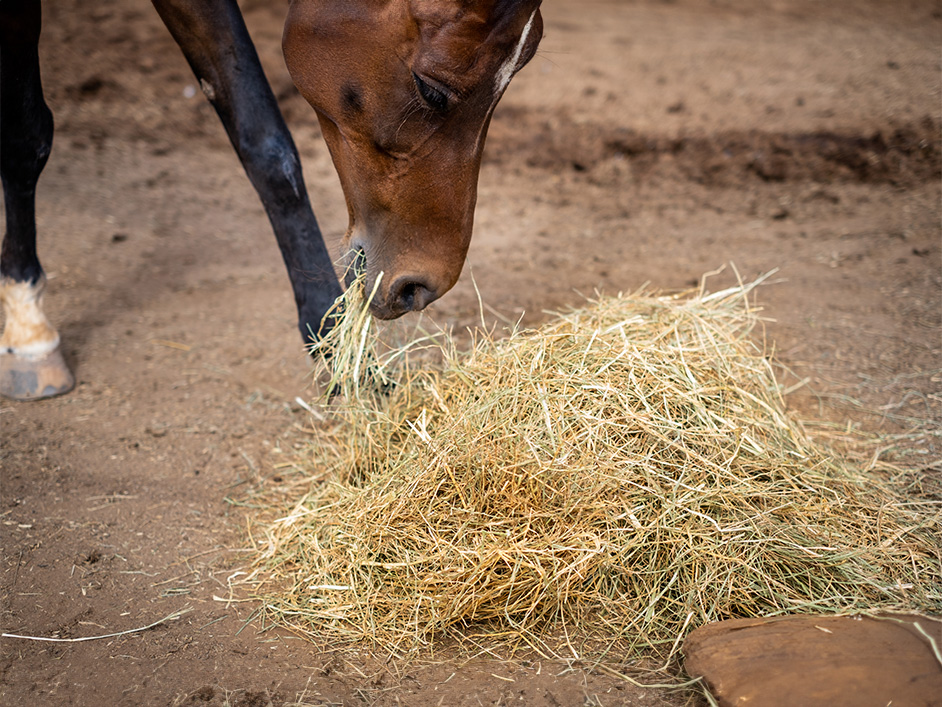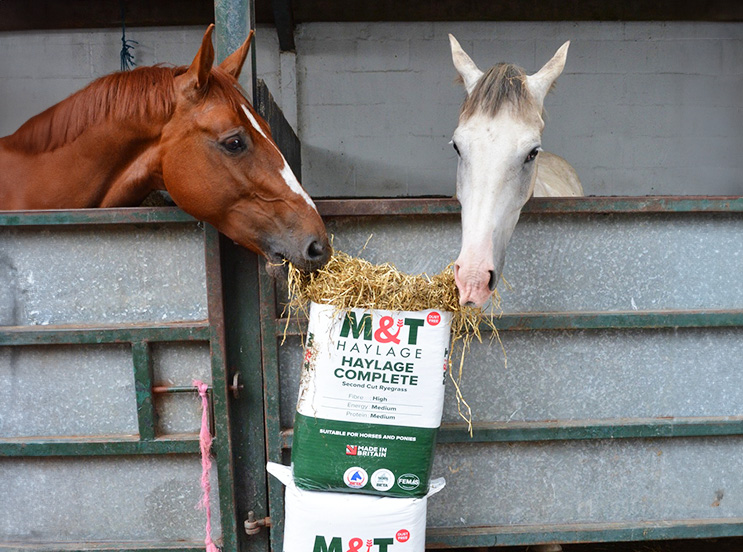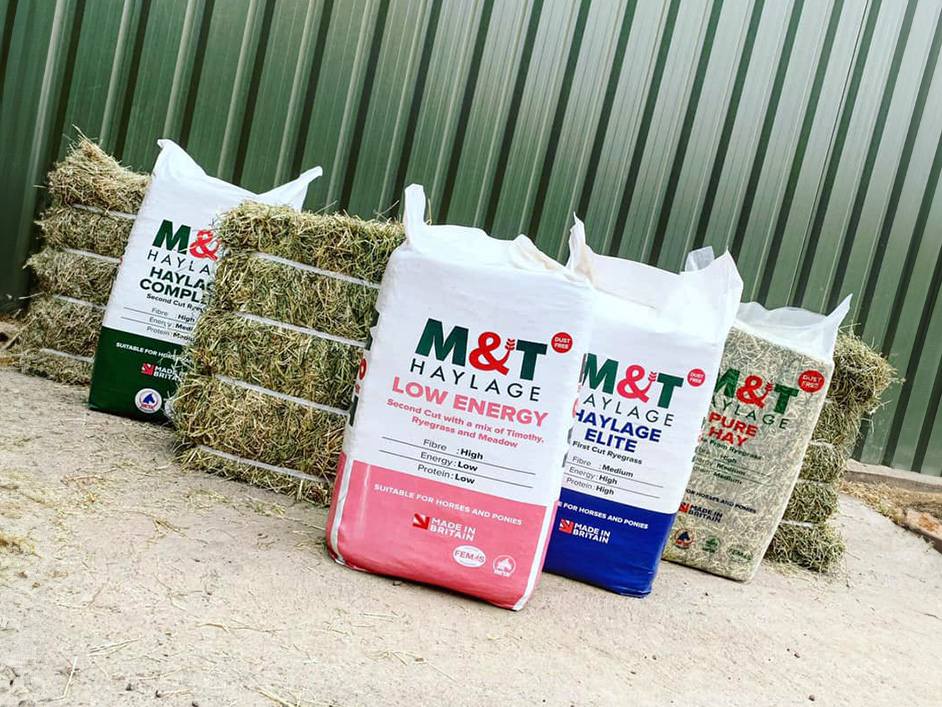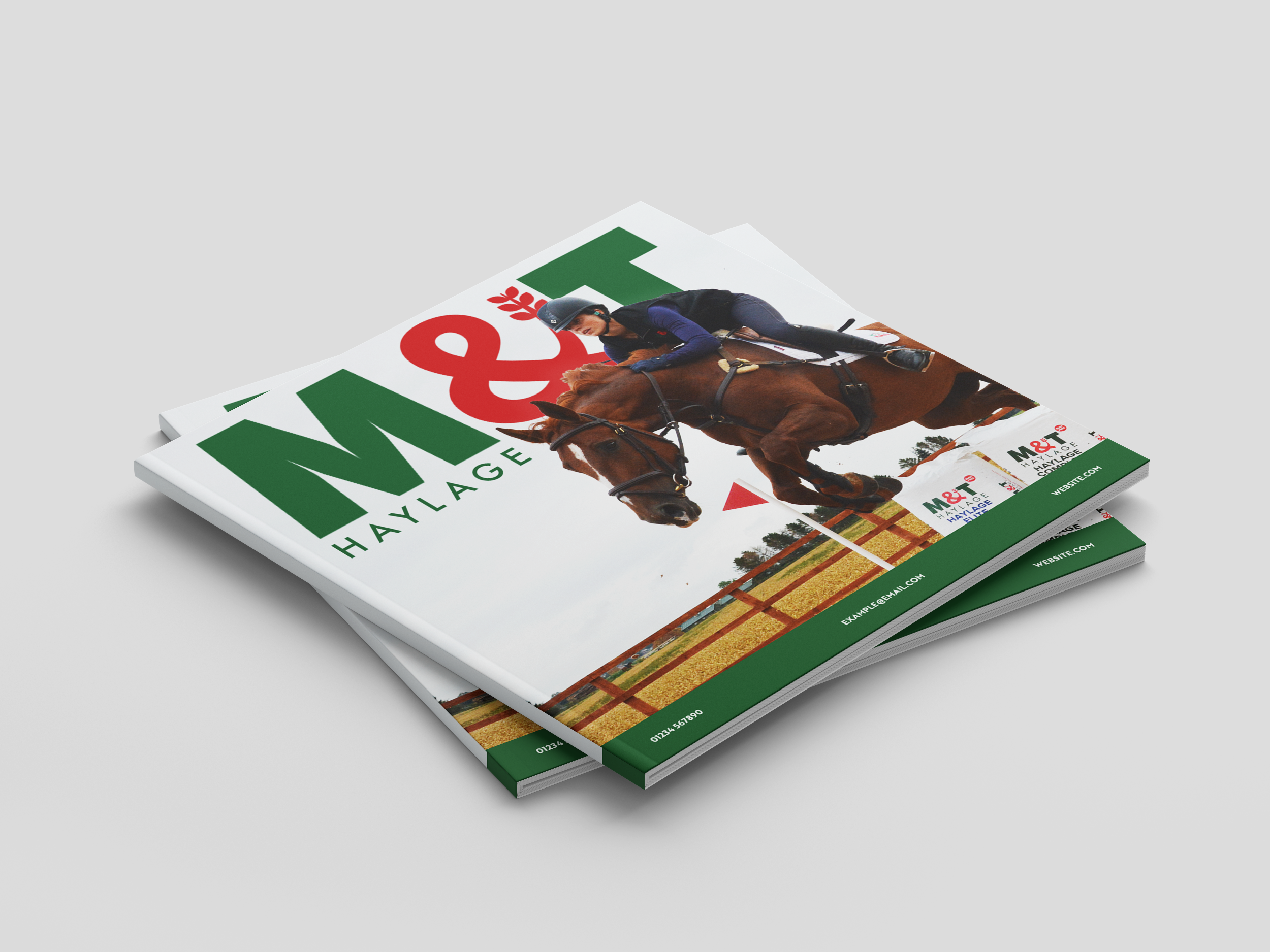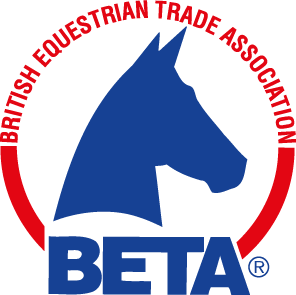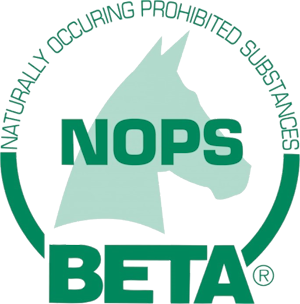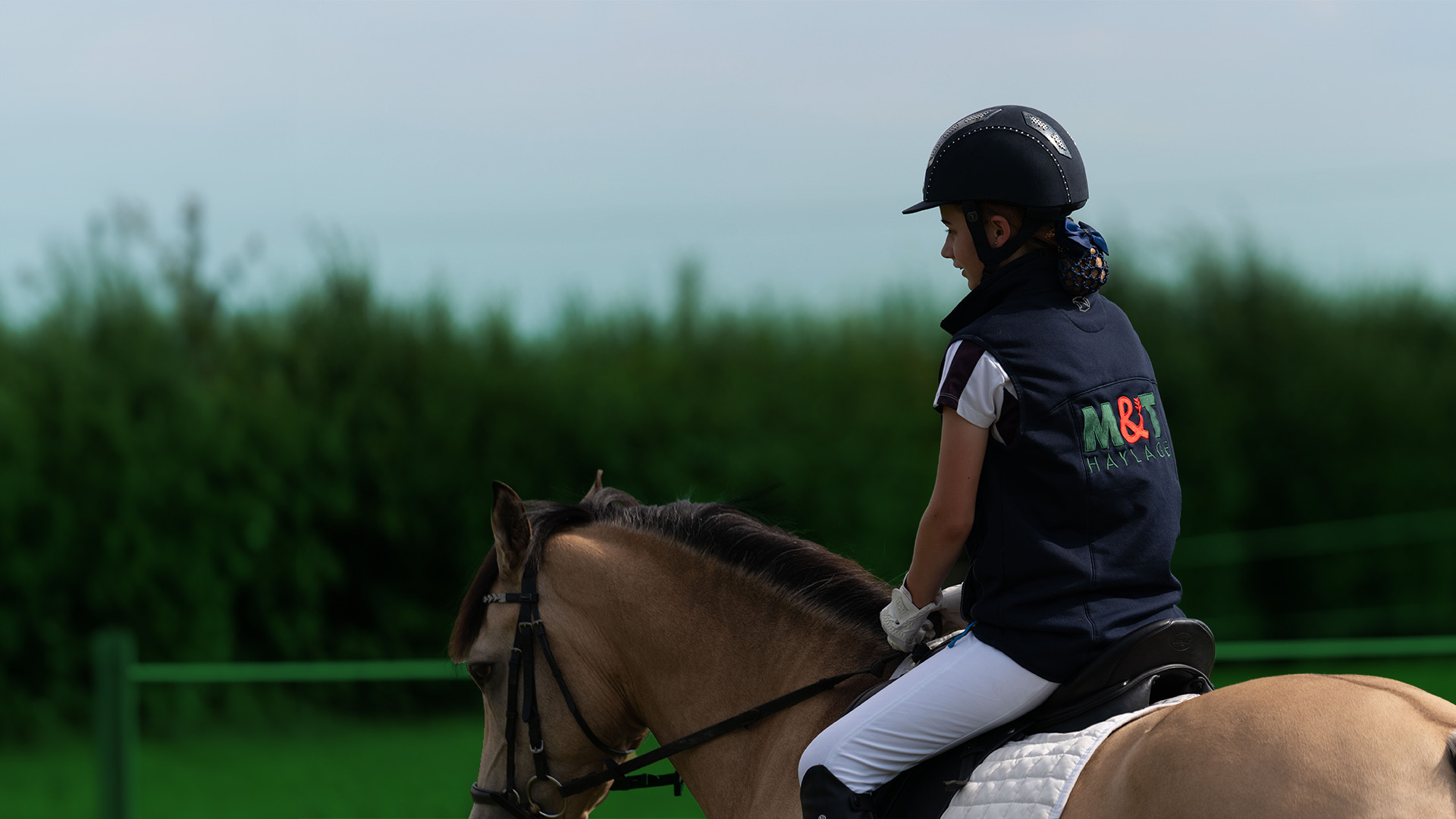
Our Blog

October 20, 2025
What Type of Hay Is Best for Horses and Ponies?
Forage, such as hay and haylage, is an essential part of every horse's diet. According to the British Horse Society, horses can spend up to around 18 hours a day chewing forage as they have evolved to eat little and often. It’s important not to limit their forage availability and choose a suitable hay, haylage or legume to meet their nutritional needs while stabled or if pastures are bare.
When grazing is limited or unavailable, providing suitable hay ensures that horses can continue to express their natural foraging behaviour and maintain digestive health. Choosing an appropriate type of hay for your horse or pony — whether they’re a good doer, in hard work, or prone to conditions like laminitis — can help meet their nutritional needs without having to restrict forage intake too severely. Selecting the right hay supports both their health and welfare, allowing for a more natural, steady feeding pattern.
Which hay or haylage is best for your horse or pony will depend on their age, condition, workload, health and metabolism. A horse in hard work or competing on a regular basis will have different forage requirements from a horse in light work or on box rest.
In this blog, we look at how to choose the right hay or forage for your horse or pony in more detail, with expert advice and recommendations from our equine nutritionist, Briony.
Why is Hay Important for Horses and Ponies?
Briony advises:
“Forage is the foundation of every horse’s diet, providing the essential fibre and nutrients that underpin health, performance, and wellbeing. Choosing the right forage gives us the flexibility to provide it in a way that truly meets the horse’s behavioural and welfare needs — supporting natural foraging patterns, gut health, and reducing frustration. When we select forage thoughtfully, we not only feed the horse well, but we also create the opportunity to manage them well.”
Here are some key reasons why hay, haylage and forage more widely, is such a crucial part of your horse’s diet:
- Providing sufficient forage keeps the gut motile and supports the movement of food and gas through the digestive tract, reducing the risk of issues such as colic.
- The act of chewing forage stimulates saliva production, which buffers stomach acid and helps protect the stomach lining and reduce the risk of ulcers.
Forage feeding also satisfies the horse’s natural need to chew and forage, supporting behavioural wellbeing and reducing boredom and frustration.
Different Types of Hay for Horses and Ponies
There are a wide range of hays available for horses and ponies, but these can be broadly divided into hay or haylage made from grass or legumes.
Grass Hay
Hay is produced from grass, such as Timothy or Ryegrass. The leaves are typically less dense than legume hays and offer lower calories and protein, but similar levels of fibre.
Briony advises:
“As a key fibre source, grass hay supports normal gut motility and function, forming the basis of a healthy diet. Selecting a suitable species and stage of cut is essential to achieve the right balance of energy, protein, and fibre.”
Here’s a breakdown of some of the most popular grass hays for horses:
- Timothy Hay: A popular choice for its high fibre content and low energy levels. Ideal for those prone to laminitis and EMS, and horses in light to moderate work.
- Ryegrass Hay: With moderate levels of energy and protein, and high levels of fibre, Ryegrass Hay is highly palatable and is great for those in medium to heavy work.
- Meadow Hay: Unlike the above varieties of hay, Meadow Hay contains a traditional mix of grass species made from permanent pasture. Meadow Hay is suitable for horses in low to moderate levels of work.
Legumes
Legume hays, such as alfalfa, are members of the pea family. Legumes are typically high in protein, energy and calcium, but low in starch and sugar. Legume hays can be fed alongside grass hay and haylage to increase the nutritional value of your horses’ diet. It’s an especially useful addition for horses in very high levels of work, lactating mares or growing foals.
Alfalfa hay can be a useful addition to the ration, typically replacing a small proportion (around 10–20%) of grass hay to provide additional calories, quality protein, and minerals for horses with higher nutritional demands such as those in harder work, breeding, or growth. The exact amount should be tailored to the horse’s individual requirements. Because alfalfa is naturally higher in calcium and protein than grass hays, if it’s being fed in larger quantities, it’s important to check the balance of the overall ration to ensure mineral ratios — particularly calcium to phosphorus — and total protein levels remain appropriate.
Other Types of Forage for Horses and Ponies
In addition to hay, there are several other types of forage that you should consider for your horse or pony. We go over these in more detail below.
Haylage
Haylage is a type of forage that has fermented after being baled. This means it has a higher moisture content and less dust than traditional hay (especially low-quality or non-dust-extracted hay).
Some types of haylage may offer higher levels of energy and protein than hay. At M&T Haylage, we offer three ranges of haylage to suit different horses’ energy needs:
- Haylage Low Energy (made from second cut Timothy, Ryegrass and Meadow hay)
- Haylage Complete (made from second cut Ryegrass)
- Haylage Elite (made from first cut Ryegrass)
Straw
Increasingly, this is being recommended to replace up to 30% of the forage ration for horses that are overweight. We would normally favour oat straw over barley straw, as with barley straw, the odd head can get embedded or stuck in the mouth.
Cubes and Pellets
These consist of dehydrated forage that is ground and pressed into dense cubes or pellets. Forage cubes and pellets should only make a small portion of your horse’s total forage intake, but they can be useful, providing additional energy and protein for some horses. They can also be easier for horses with dental problems to chew.
Forage cubes and pellets can be made from hay, alfalfa or other fibre sources such as sugar beet, straw or soya hulls, and some are fortified with additional vitamins and minerals. They can be soaked to reduce the risk of choking or to create a mash for horses with dental problems or fussy eaters.
Chaff
Chaff is made from chopped hay or another type of forage, and is often added to a horse’s diet to provide additional fibre or to prevent horses from eating too quickly.
Because chaff is typically flash-dried, allowing it to be more nutrient-dense and retain more of its colour in comparison to traditional long fibre hay or haylage, caution is sometimes required, especially when dealing with dried grass chaffs, as these can be more concentrated sources of sugars than the fresh alternative (grass) may be.
How to Choose the Right Hay or Forage for Your Horse?
Have you been wondering which forage is best for your horse or pony? When it comes to choosing the correct hay for your horse, you’ll need to consider several factors:
- Age
- Condition
- Forage intake
- Level of work
- Storage options
- Weight
- Clinical considerations/issues
For example, growing foals and lactating mares may benefit from the addition of nutrient-rich Alfalfa hay or haylage to their ration, while a senior horse may benefit from a highly palatable grass haylage that’s softer and easier to chew. Performance or competition horses typically have higher nutritional requirements and will need a forage that’s high in energy and protein, such as Haylage Elite.
What Type of Forage is Best for Poor Doers?
When it comes to choosing forage for your poor doer, Briony recommends:
“Selecting an earlier-cut, softer, and more digestible forage to help support weight gain and condition. Where possible, have your forage analysed to understand its calorie and protein content, and remember that ‘ad lib’ doesn’t always mean your horse is eating enough. Monitoring actual intake — by weighing what’s offered and what’s left — can highlight shortfalls. Offering a ‘buffet-style’ selection of different forages can also help to stimulate appetite and boost overall intake, particularly for fussy feeders.”
A medium energy hay, such as our Ryegrass hay, provides sufficient nutrition to poor doers whilst remaining highly palatable. A medium-energy haylage, such as our Haylage Complete, is another great option as it tends to be more digestible and energy-dense than hay. Mixing Alfalfa with grass hay or haylage can also provide a much-needed nutritional boost.
What Type of Forage is Best for Good Doers?
Hay is usually recommended as a lower-calorie option for good doers, Briony advises:
“For good doers, focus on forage quality and feeding management rather than simply restricting intake. A more mature, higher-fibre hay supports the horse’s need to chew and maintain gut motility while providing fewer calories per kilo — allowing for adequate provision without unwanted weight gain. Weighing forage and using slow feeders can help extend eating time, promote natural foraging behaviour, and support both digestive and behavioural health.”.
A low-energy hay, such as Timothy hay, can be a great option for good doers as it has a high fibre content. It can also be soaked to further reduce its calorie content or mixed with straw to help slow down consumption.
Our Low Energy Haylage can also be a great choice for good doers that need a more palatable option than hay or have respiratory issues. However, it’s worth being mindful that haylage is typically more digestible and palatable than hay, which can encourage higher intake and increase calorie consumption. When feeding haylage to good doers, monitoring quantity and using weighed rations, slow feeders, or mixed-forage approaches can help manage overall energy intake while still supporting gut health and welfare.
What Type of Forage is Best for Laminitics?
Forage fed to laminitics should be low in non-structural carbohydrates (NSC), ideally below 10% on a dry matter basis. While haylage is often lower in water-soluble carbohydrates (WSC) than hay, it is typically more digestible and palatable, which can encourage faster consumption and higher overall intake. This can make managing calorie intake more challenging and may result in reduced chew time if rations have to be restricted. For most horses and ponies prone to laminitis, a late-cut Timothy hay or suitable grass hay mix is therefore the preferred choice. Our Timothy hay is naturally low in energy, high in fibre and low in sugar (contact us for the current analysis), making it often a suitable option for those prone to laminitis.
Our Hay Options at M&T
Our range of high-quality dust-extracted hay caters to horses in all levels of work, from those in light work to high-level competition horses. Homegrown in our fields in Yorkshire, all our hay is produced to the highest quality and is supplied as bagged hay or our convenient double-compressed, strapped hay bales.
M&T Double Compressed Timothy Hay
The most suitable forage option for laminitis-prone horses and ponies, and those needing to control their weight. Offering the least energy, our Timothy Hay is still high in fibre, exceptionally palatable, and perfect for fussy eaters.
M&T Double Compressed Meadow Hay
For those horses and ponies who conduct moderate work. Our Meadow Hay provides moderate levels of protein, energy, and fibre and supports the requirements of the working horse for energy and muscle development.
M&T Double Compressed Ryegrass Hay
Perfect for supporting the working horse, our Ryegrass Hay is palatable and provides a variety of nutrients for horses and ponies from rest up to moderate levels of work. This product is dust-extracted, so it is a great option to help maintain a healthy respiratory system.
M&T Double Compressed Alfalfa Hay
Suitable for a range of exotic animals like giraffes, black rhinos and elephants, M&T’s Alfalfa Hay adds a boost to overall nutrients. It can be a great option for those with increased workloads or breeding stock, as it is higher in protein.
For more advice on which forage to feed your horse and how much to feed them, speak to our nutritionist today.

October 20, 2025
What Type of Hay Is Best for Horses and Ponies?
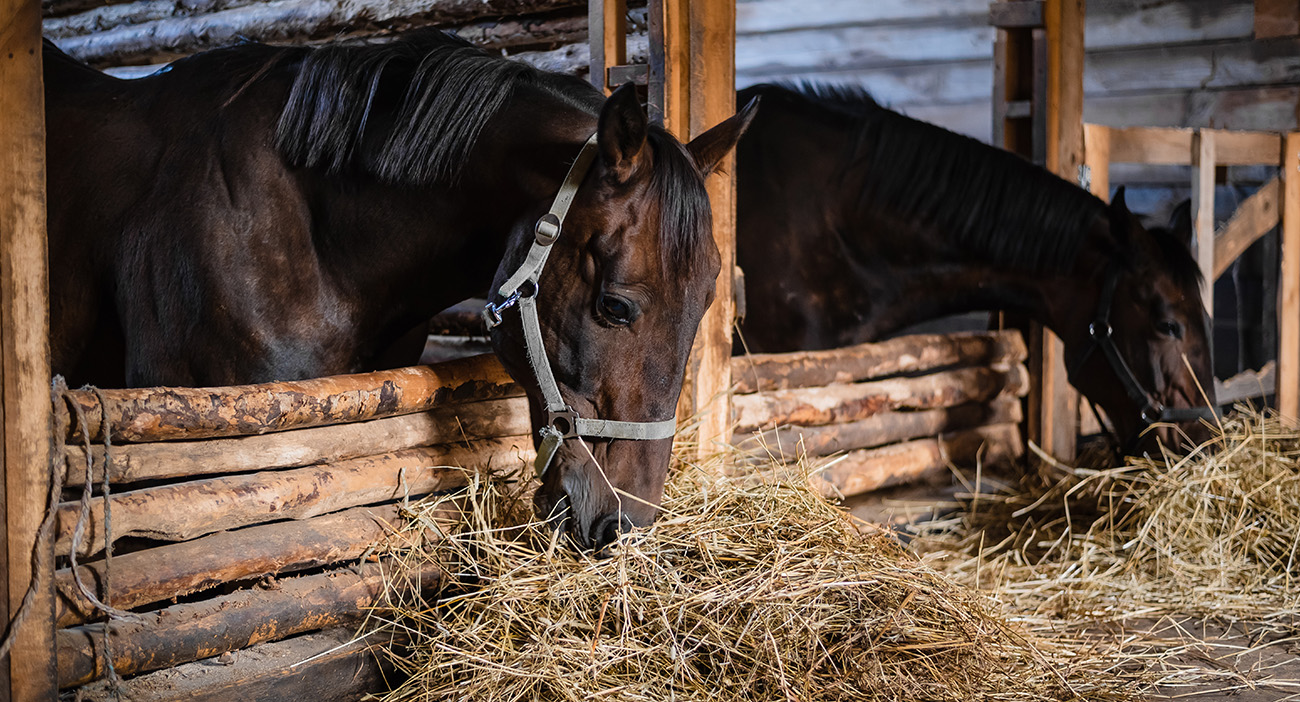
October 5, 2025
What To Feed A Horse With EMS
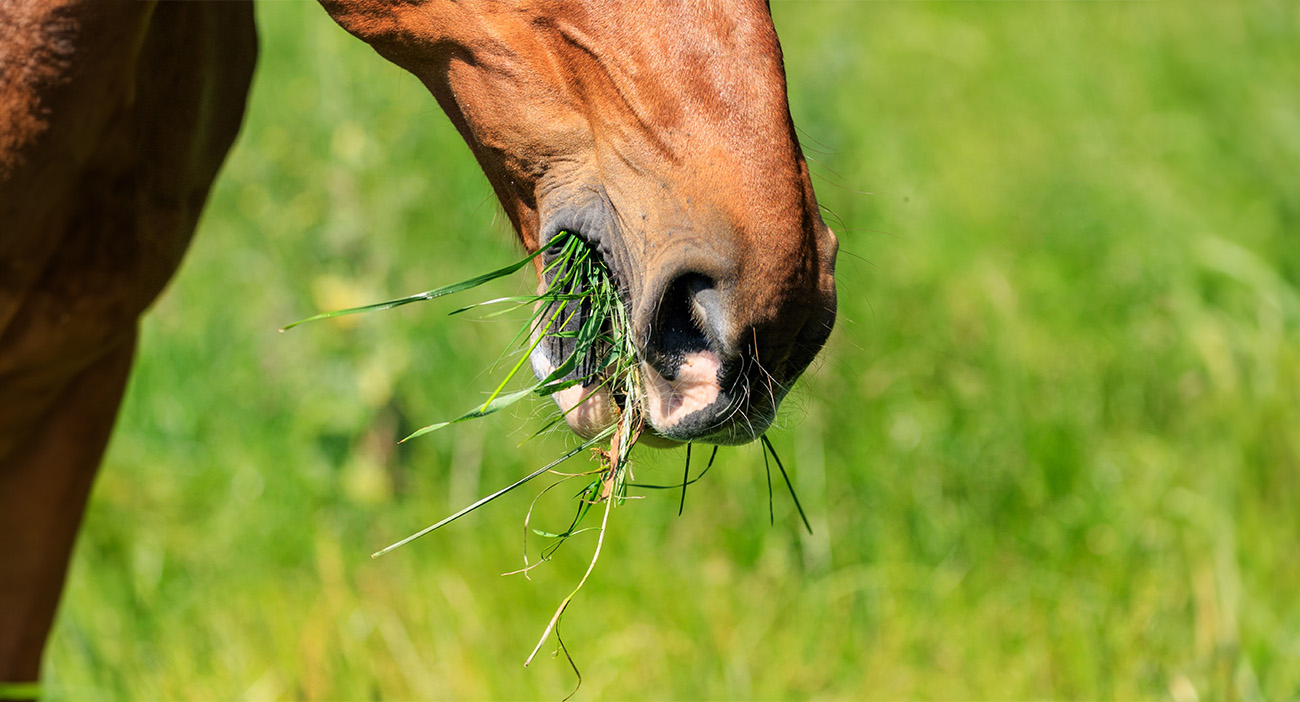
July 16, 2025
Do Horses Need Hay in the Summer?

May 22, 2025
Changing Your Horses Diet From Winter to Spring

April 4, 2024
Eat, Sleep, Compete, Repeat
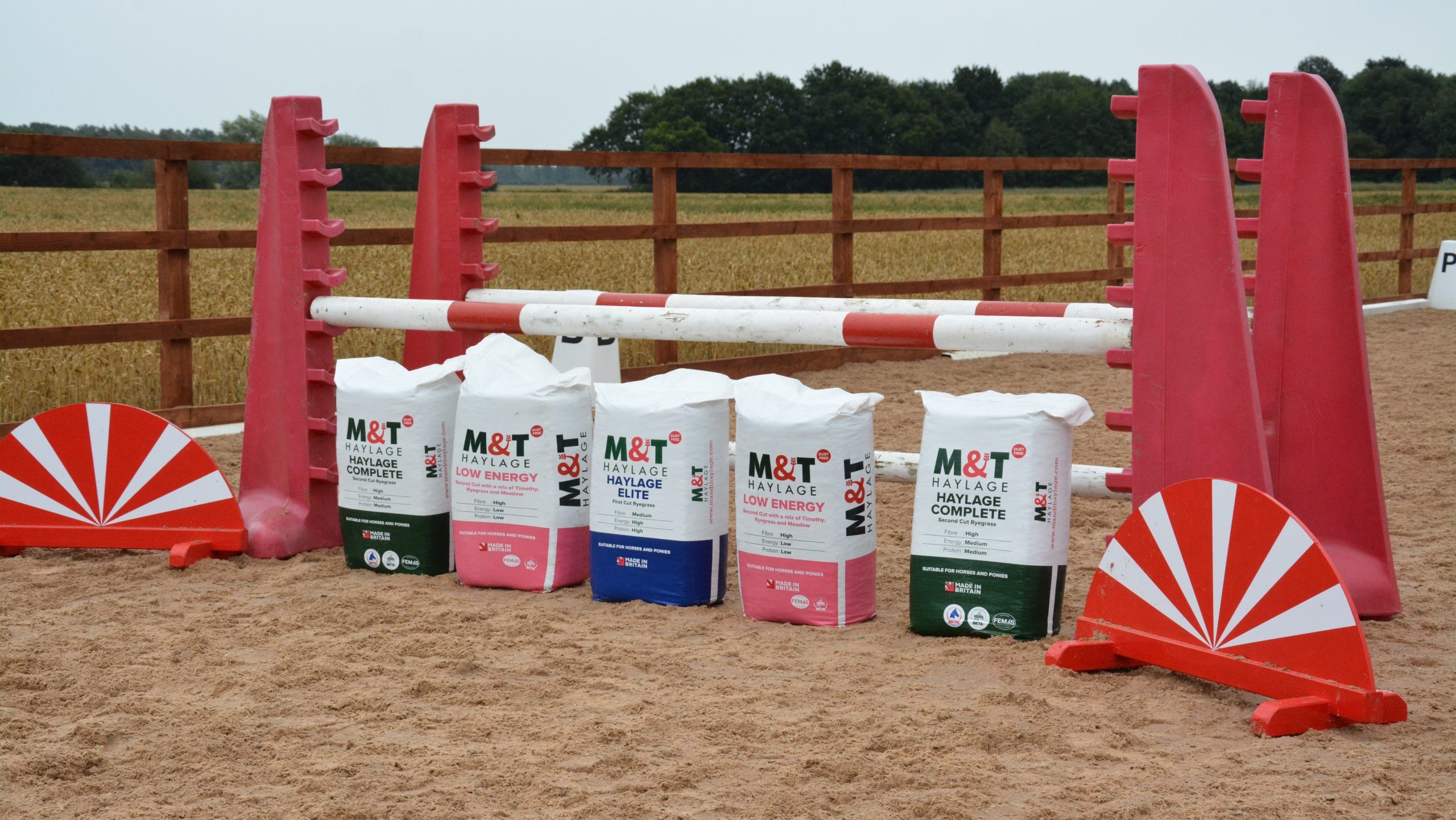
March 8, 2024
Top Tips For Managing Forage On The Go: Part Two

March 8, 2024
Consistency Is Key for Horses

February 19, 2024
Don’t Underestimate The Value of Preparation

February 6, 2024
Know Your Horse Inside Out
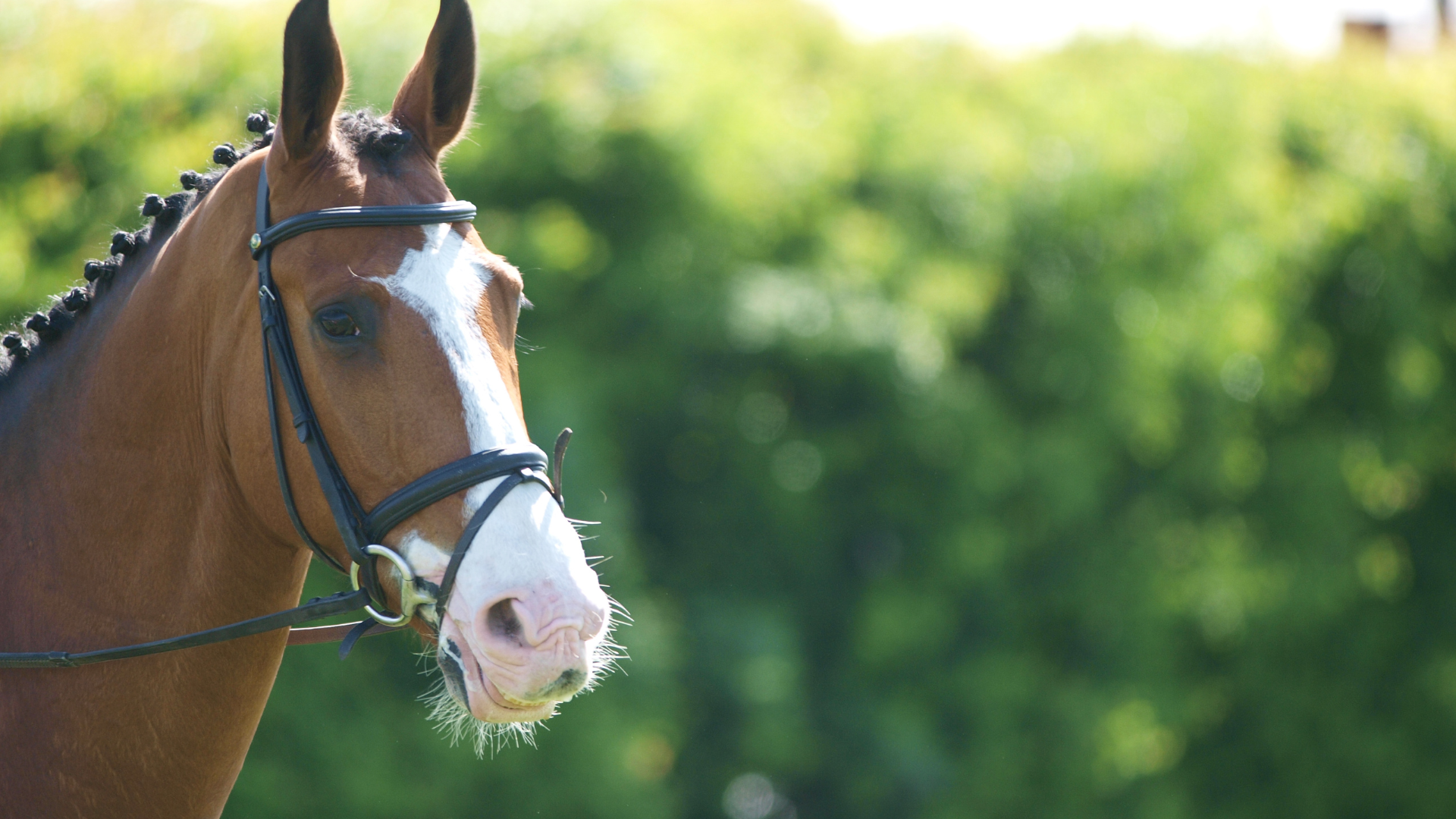
December 11, 2023
How To Get The Most Out Of Your Horse Forage During Winter

September 14, 2023
Hay Exportation – Why Choose British Hay?
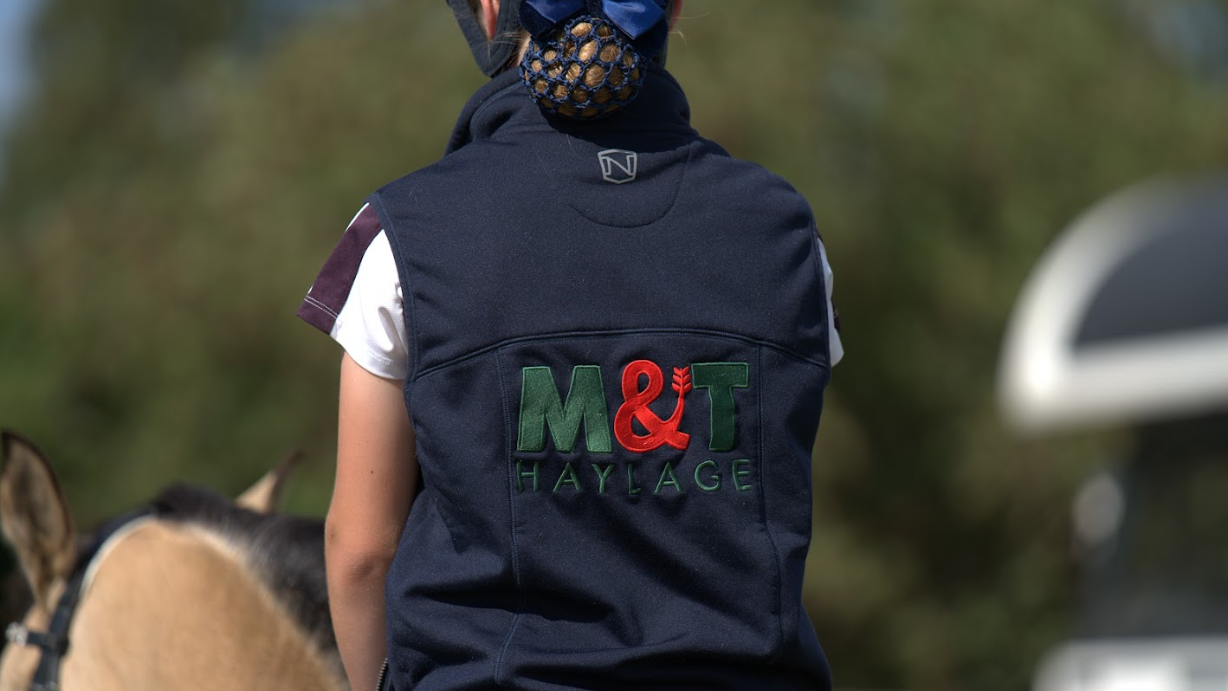
March 3, 2023
Hay vs Haylage: Which Is The Right Option For Your Horse?
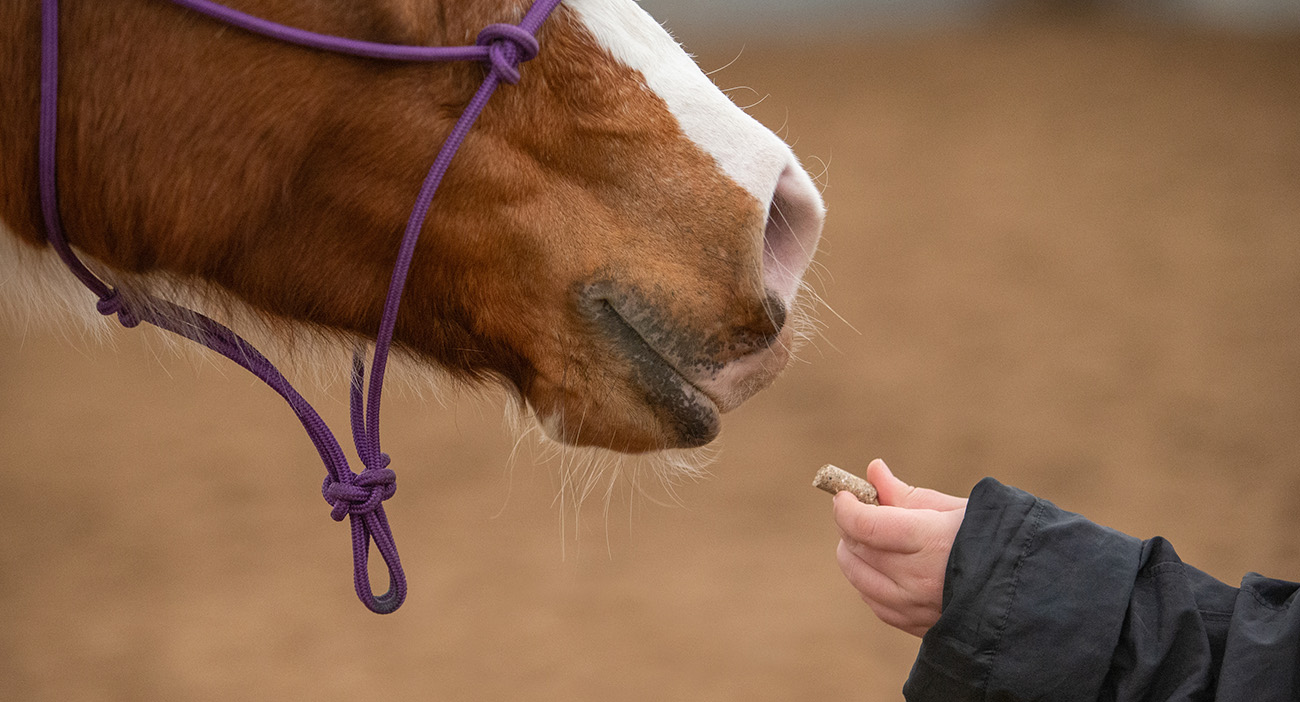
January 13, 2023
How To Bring A Horse Back Into Work After A Break
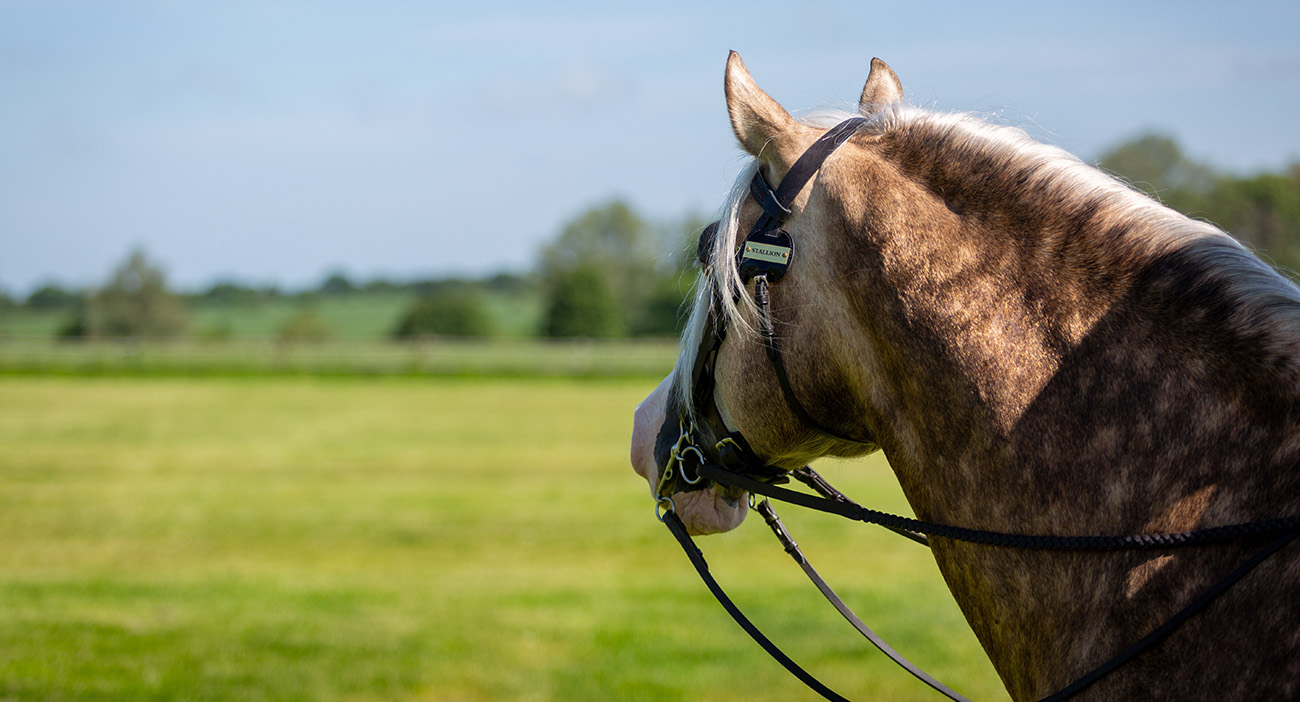
November 23, 2022
How To Body Condition Score Your Horse
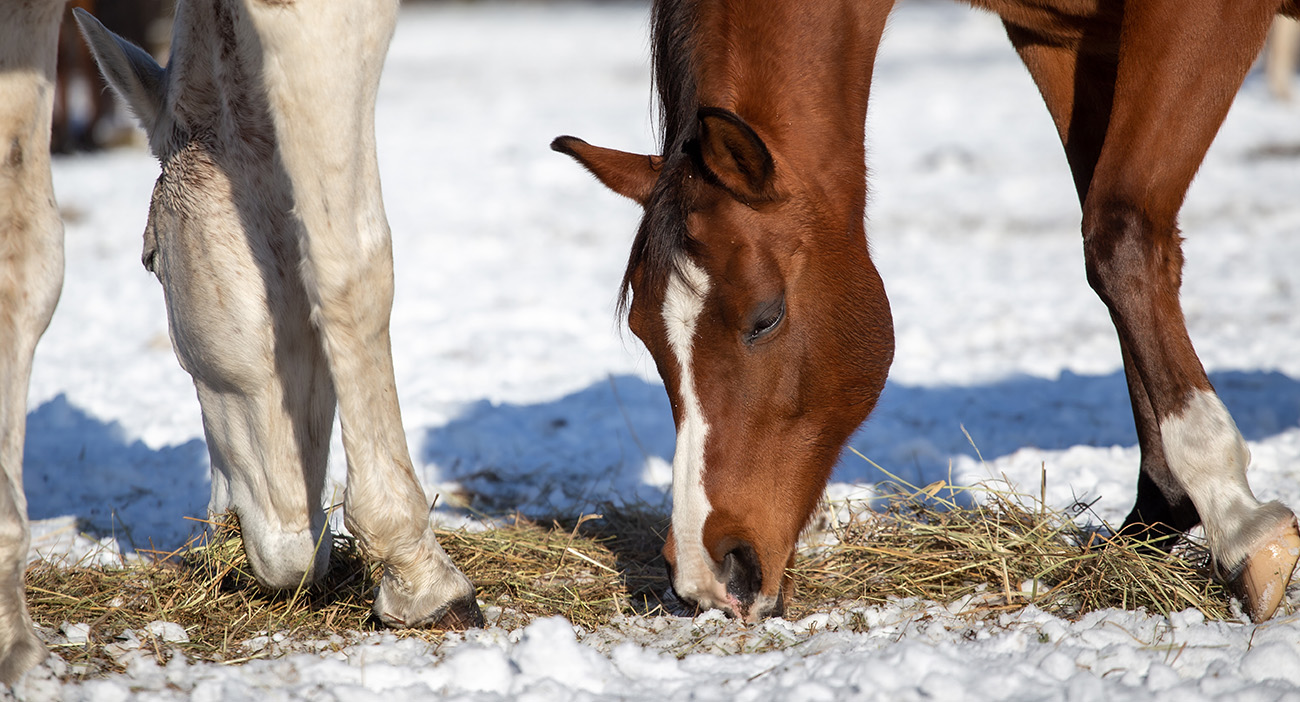
November 7, 2022
Winter Feeding Tips For Horse Owners
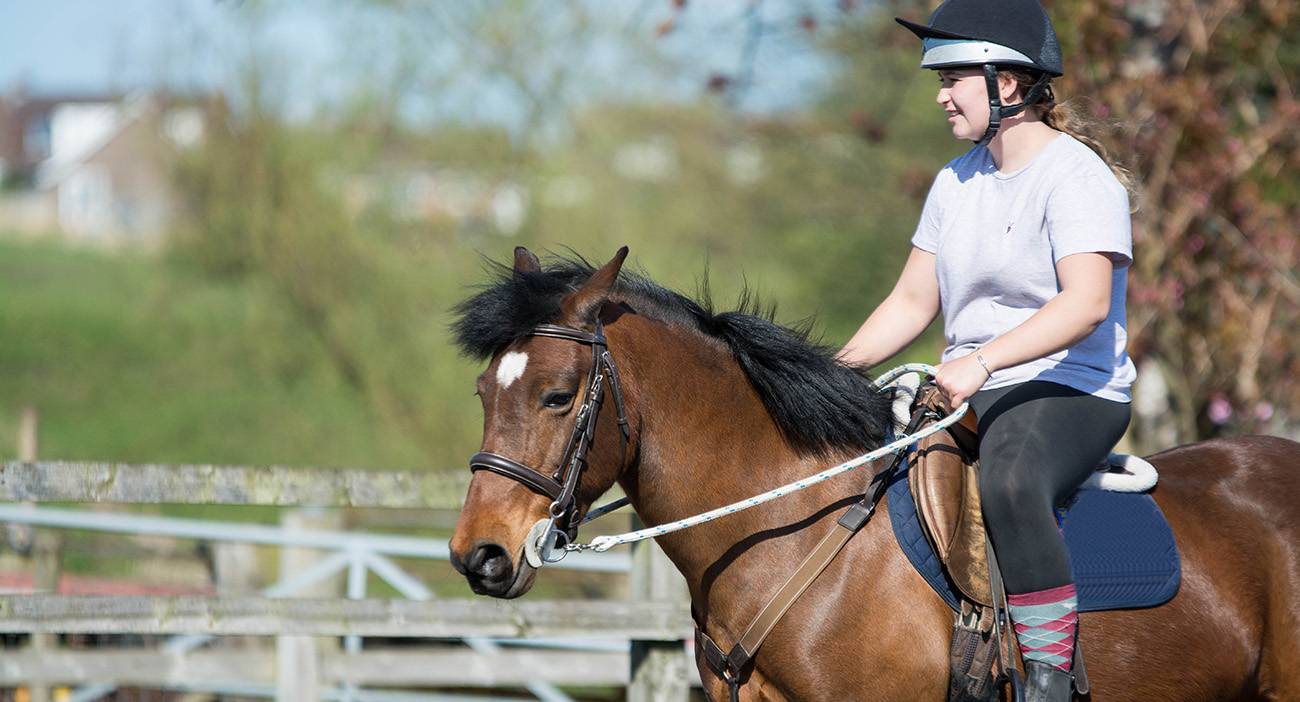
October 20, 2022
Money Saving Tips For Horse Owners
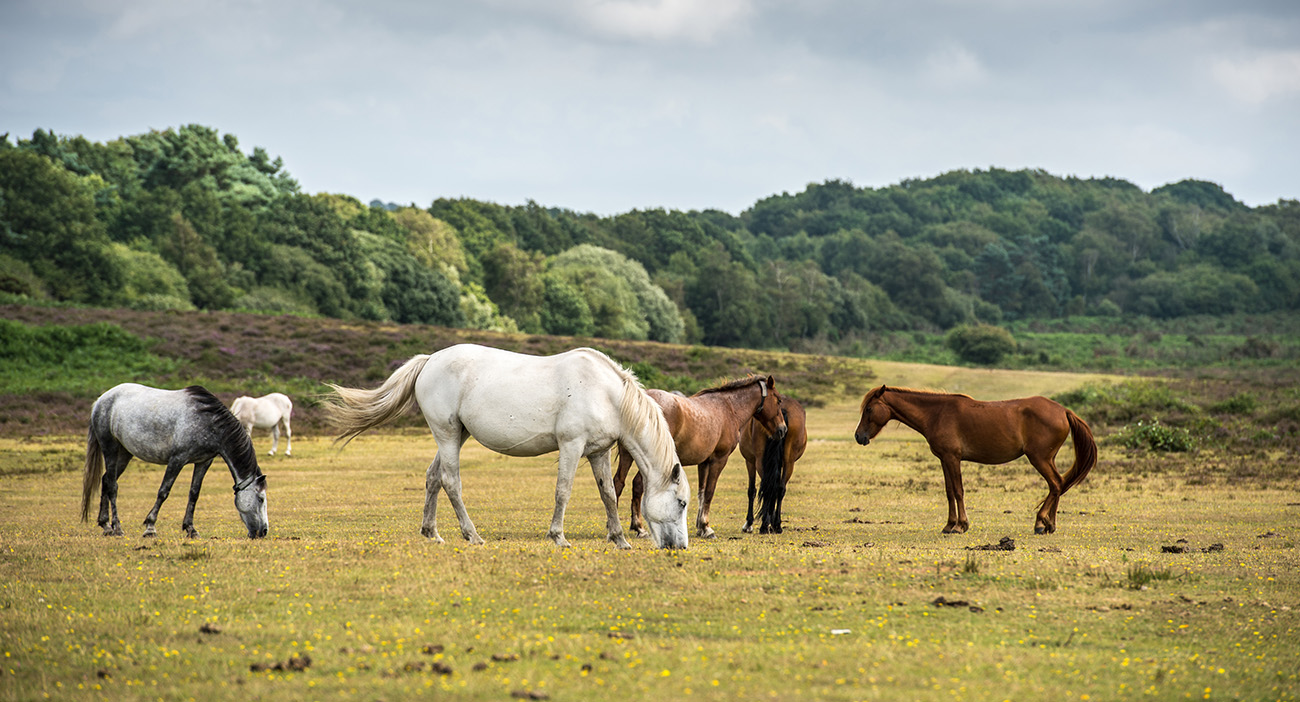
October 3, 2022
8 Ways To Keep Your Horse Entertained

September 30, 2022
Equestrian Question and Answer Session: Sophie Platt
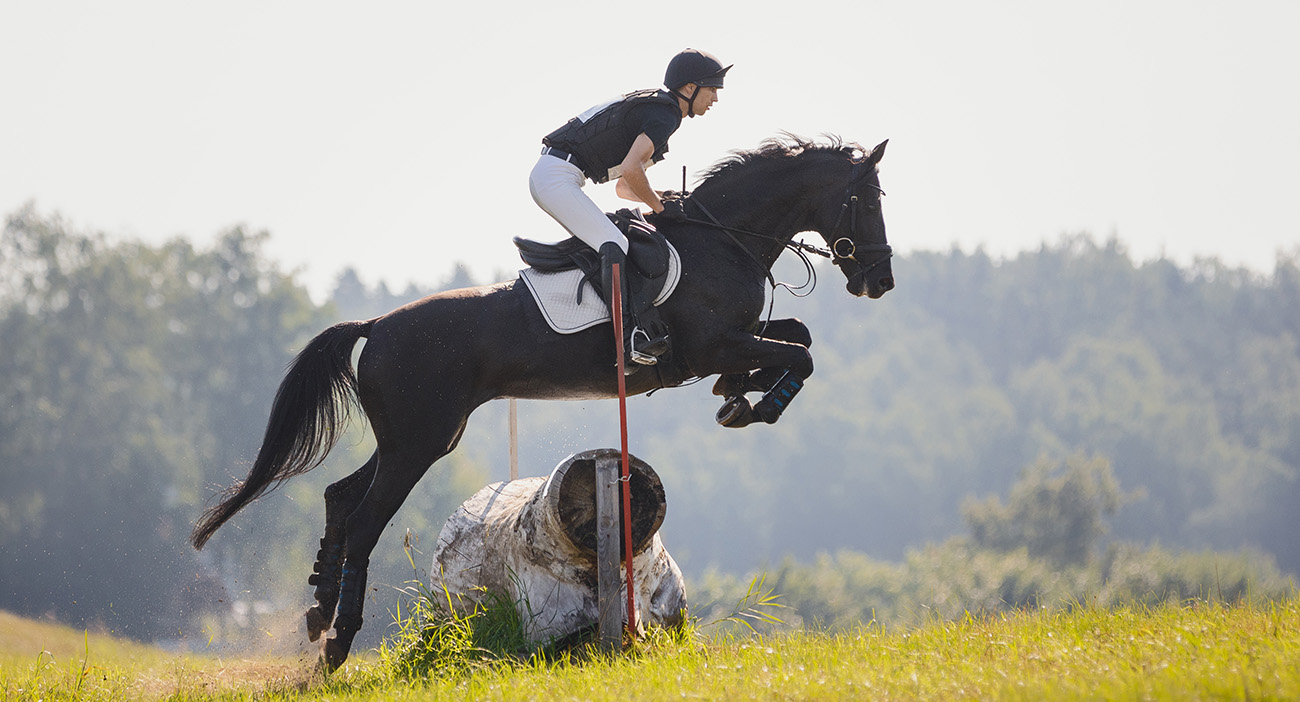
August 25, 2022
Preparing Your Horse For Competition
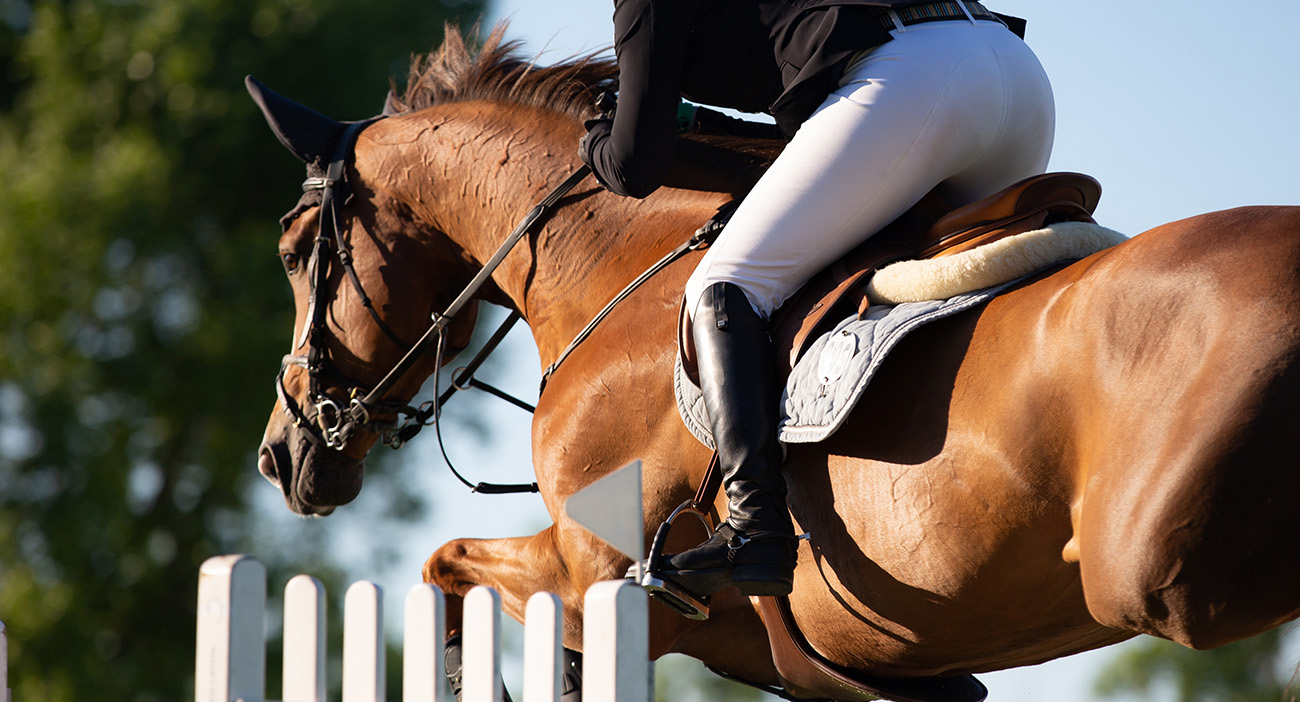
July 28, 2022
What Is Normal For My Horse?
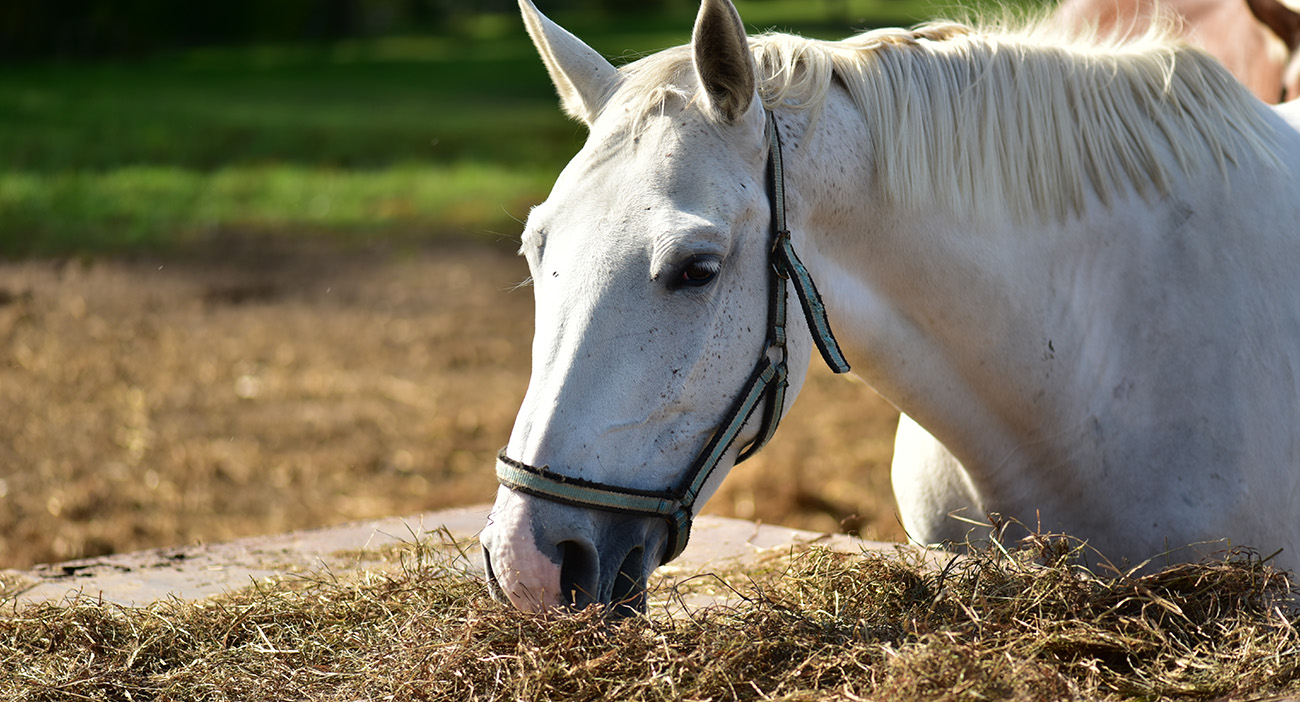
June 30, 2022
Compeition Horses: Managing Forage and Water Intake
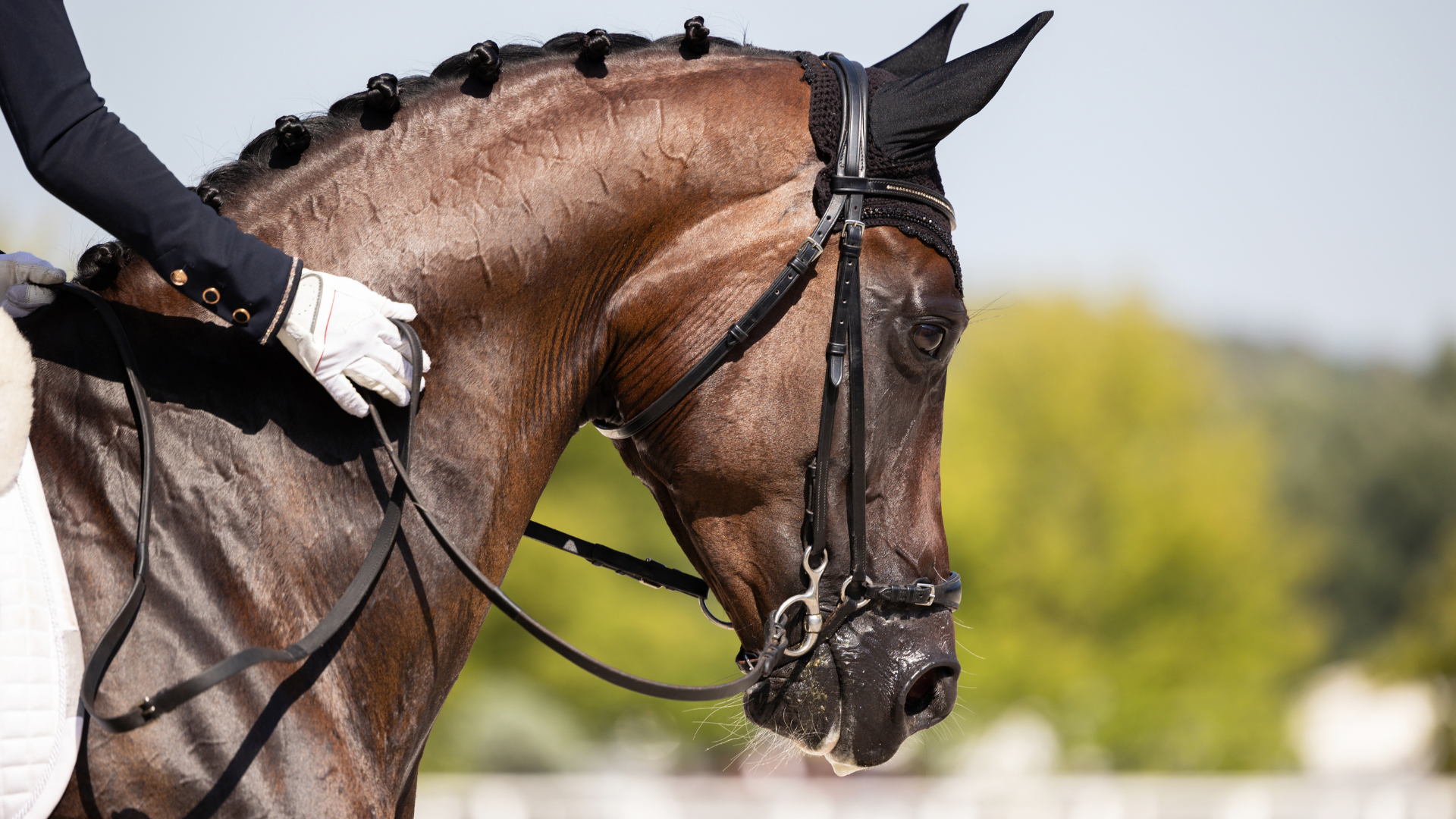
September 22, 2021
Feeding The Equine Athlete
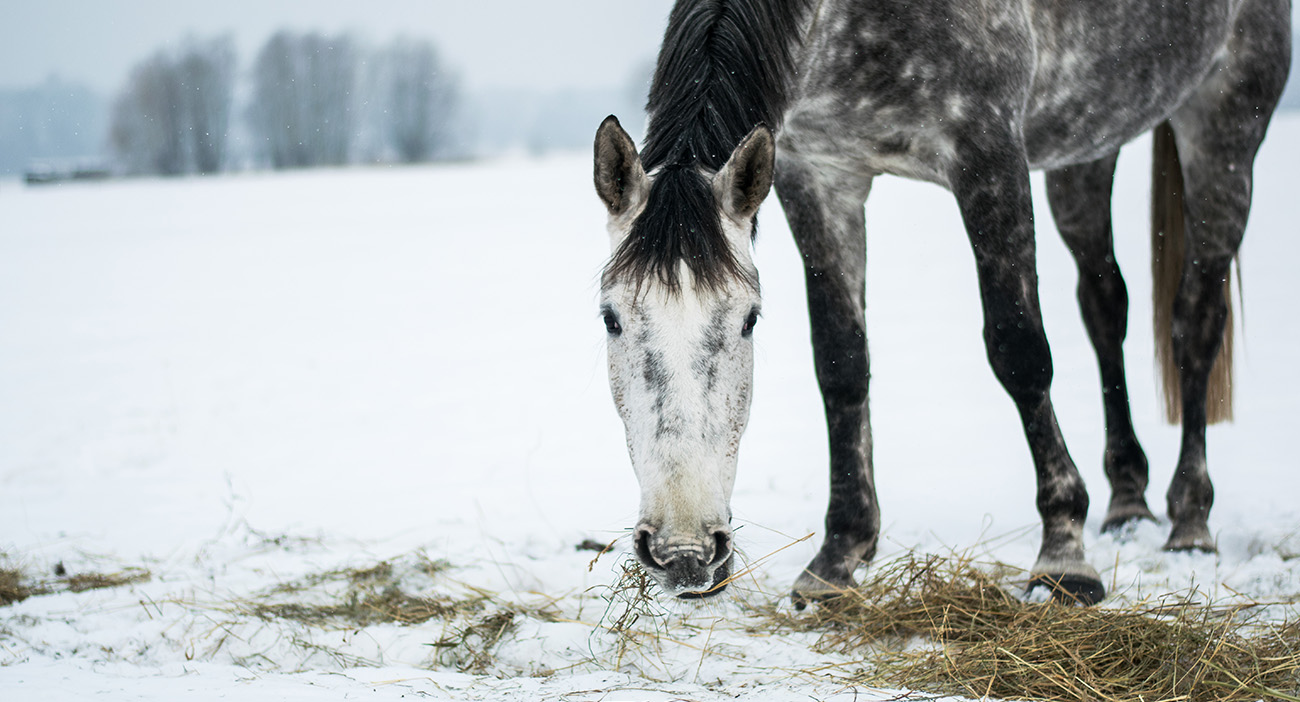
September 7, 2021
How To Feed Your Horse Indoors This Winter
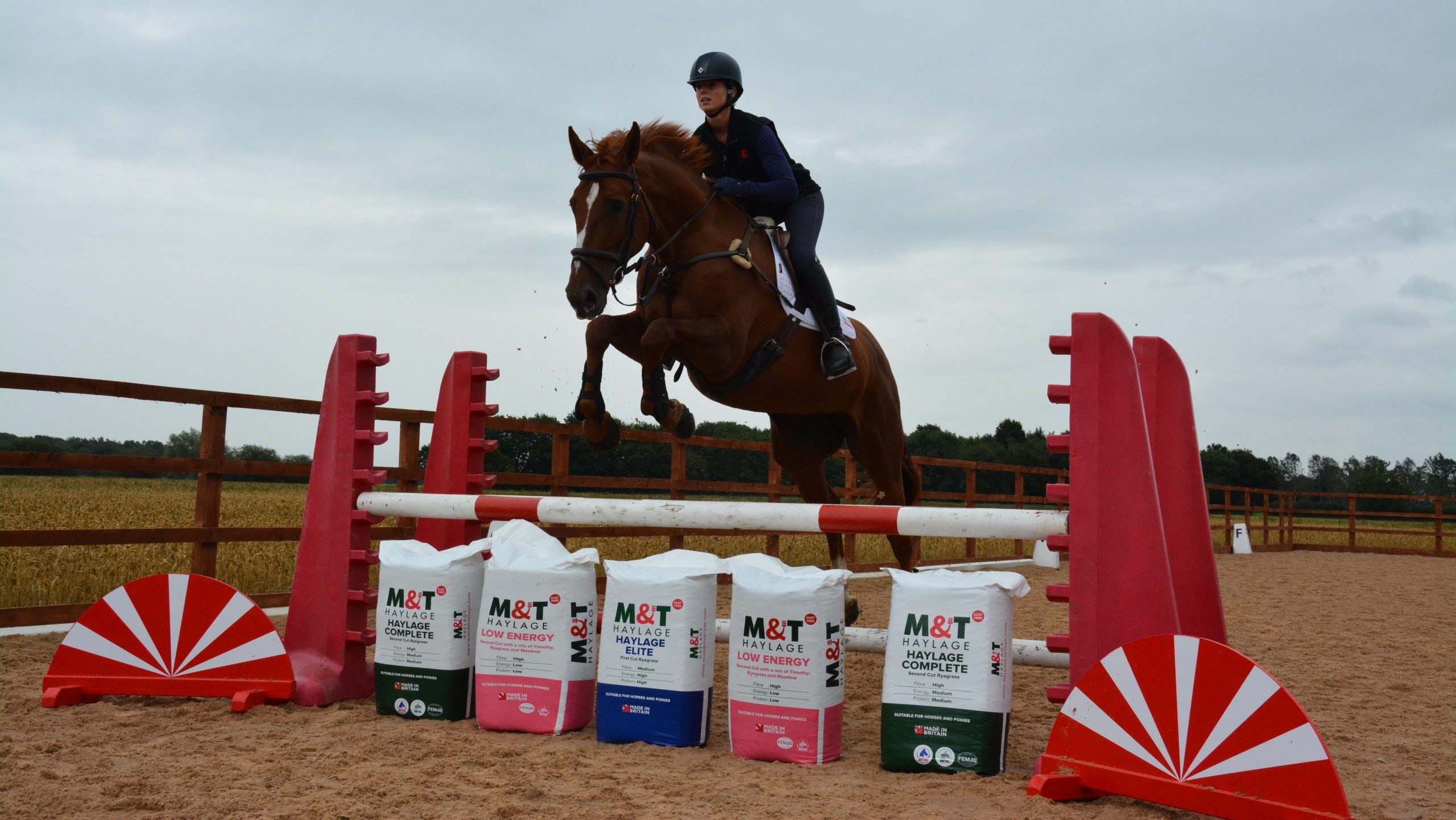
December 7, 2020
Premium Horse Forage: Ask The Nutritionist
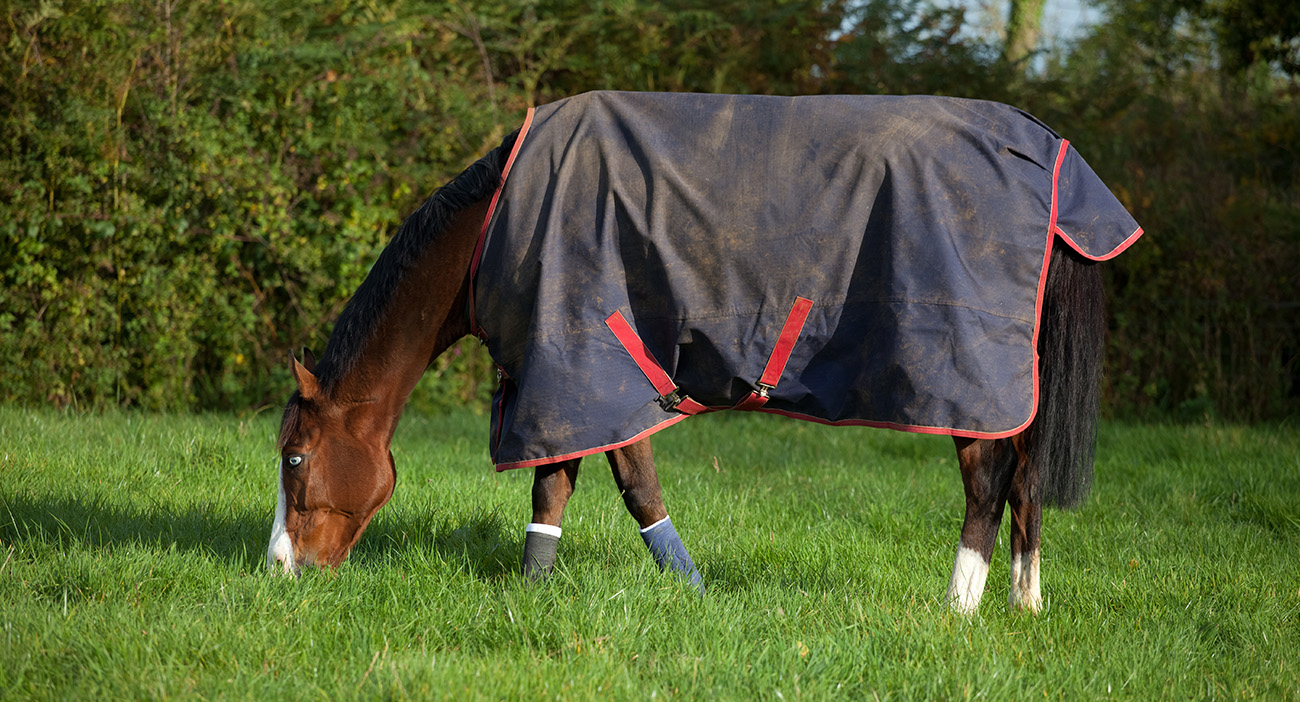
July 9, 2020
Top Tips For Managing Forage For Horses On The Go: Part One
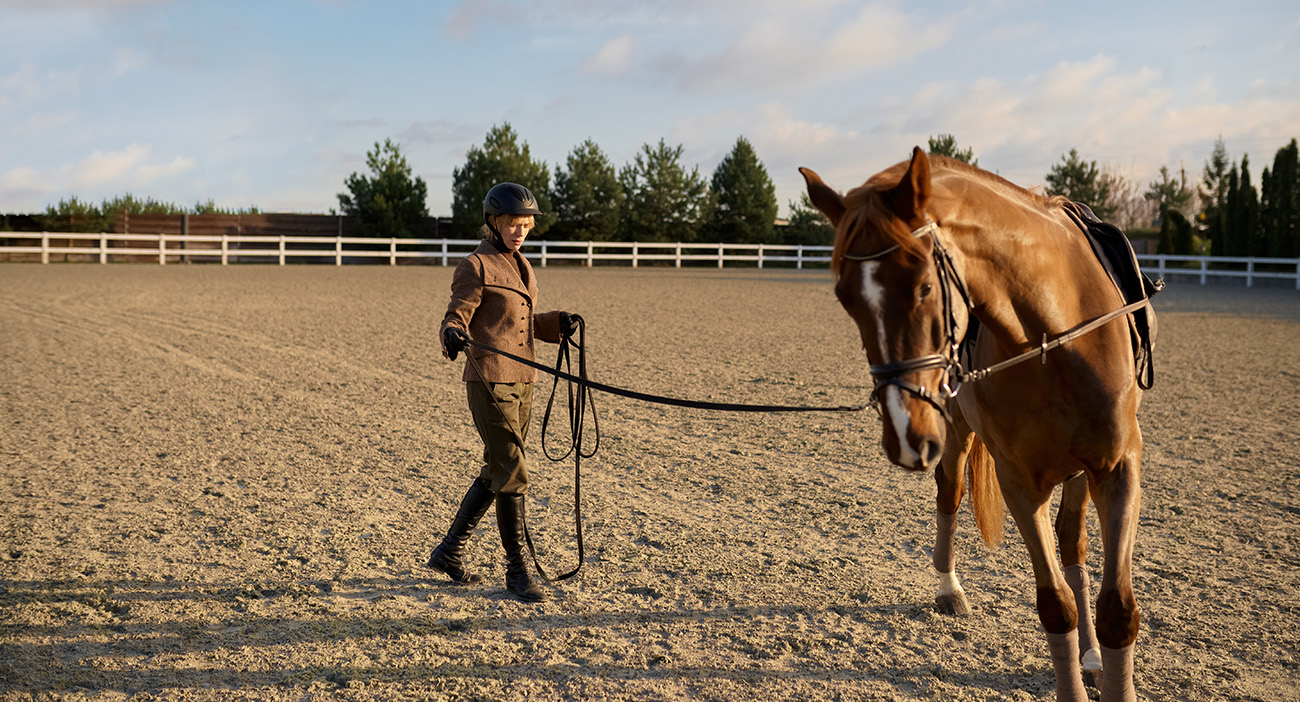
January 16, 2020
Haylage Myth Buster: Nutritionist Top Tips for Horses
